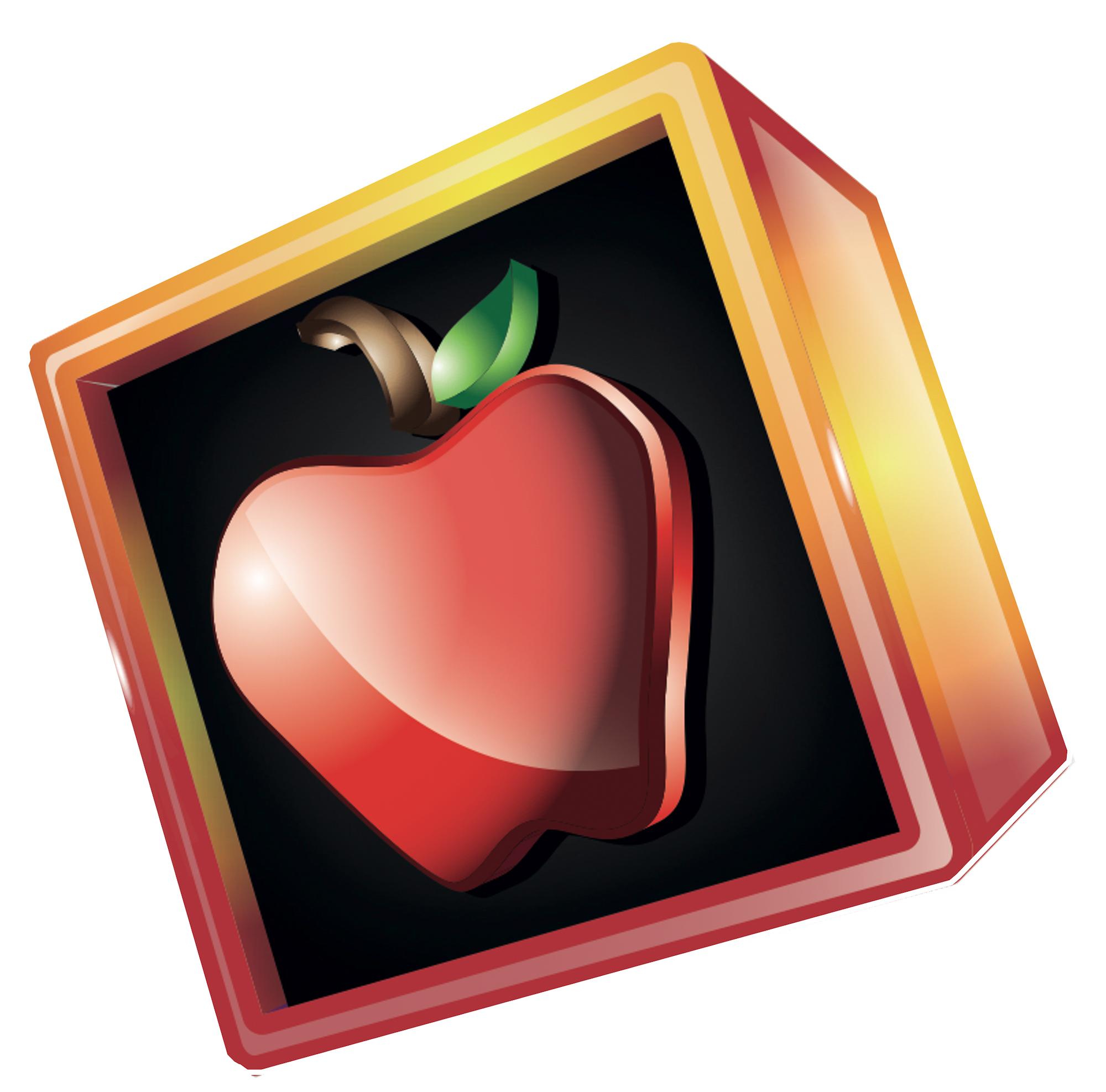In today’s diverse classrooms, assessing student learning is more than just tests and quizzes—it’s about capturing a complete picture of each student’s understanding. Our blog, 50 Assessment Strategies for Your Classroom, offers a range of creative, effective methods to evaluate student progress across subjects. By diversifying assessments, educators not only gain deeper insights into students’ strengths and areas for growth but also engage learners with various ways to showcase their skills. Giving students a choice in how they demonstrate their knowledge can boost motivation and empower them to take ownership of their learning. Dive into these 50 strategies to discover fresh, adaptable ways to make assessment a meaningful part of every student’s journey.
- Traditional tests and quizzes
- Oral exams
- Written essays
- Research papers
- Journal writing
- Oral presentations
- Group projects
- Lab reports
- Portfolios
- Self-reflection exercises
- Concept maps
- Mind maps
- Flowcharts
- Graphic organizers
- Debates
- Simulation
- Role-playing
- Acting
- Drawing
- Painting
- Sculpture
- Photography
- Music composition
- Poetry writing
- Short story writing
- Book reports
- Film analysis
- Spoken word
- Game-based assessments
- Hands-on activities
- Case studies
- Field trips
- Service learning projects
- Class discussions
- Exit tickets
- Class polls
- Formative assessments
- Classroom observations
- Peer evaluations
- Self-assessments
- Rubrics
- Checklists
- Diagnostic tests
- Summative assessments
- Plickers
- Kahoot
- Quizlet live
- Google forms
- Socrative
- Formative assessment Pro
It is important to note that some of these assessment methods may be more suitable for certain subjects or topics than others, and it is essential to consider the specific learning objectives and the students’ abilities. Additionally, it is also important to use a variety of assessment methods to get a well-rounded understanding of students’ understanding of the topic.

